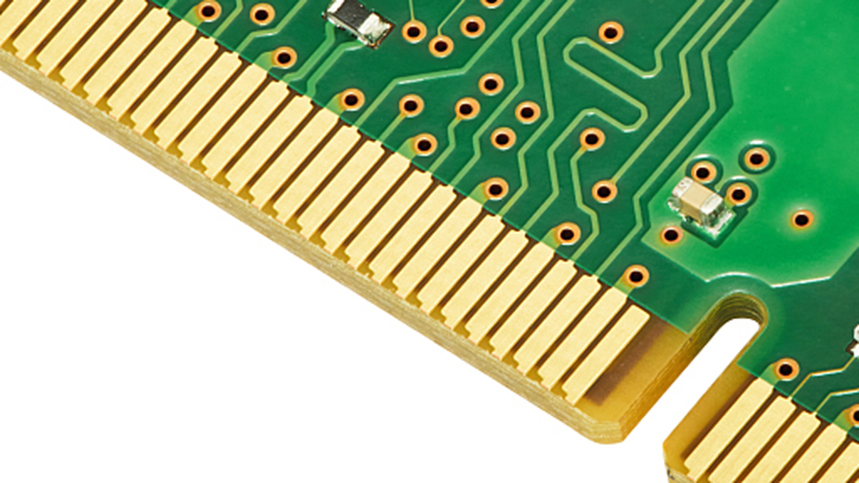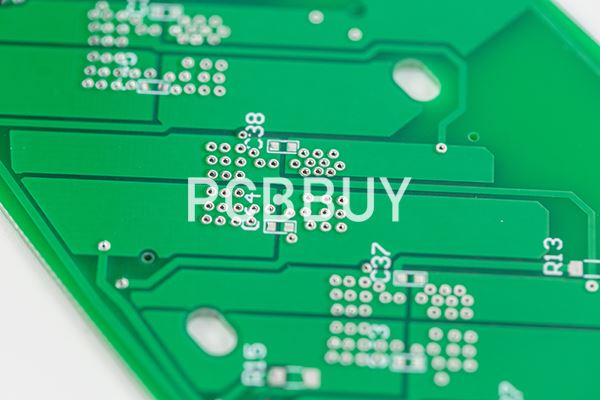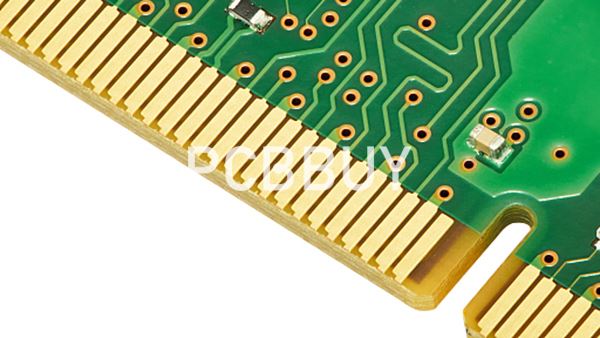What Are the Key Principles of Choosing Right PCB CM?
By:PCBBUY 09/12/2023 16:36

PCB manufacturers face a similar dilemma: what’s the most effective way to prevent pollution with heavy metals and other toxic substances for disposable products? The answer is the Restriction of Hazardous Substances (RoHS) standards, a European Union directive that addresses reducing the toxicity of electronics. For a circuit board to meet these requirements, specific materials and chemistry compliant with RoHS manufacturing regulations must be used during fabrication and assembly. For environmental safety and to prevent fines, recalls, lost sales, and brand damage, it is vital that these ingredients are free from contaminants or dangerous compounds above acceptable limits.

The foremost casualty of the RoHS standards is eutectic tin-lead solder which was a staple of the PCB assembly process. In this step, leaded solders (most often eutectic tin-lead) leveraged the stability and relatively low temperature of tin-lead alloys. However, to limit the environmental accumulation of lead (a toxic heavy metal that can be lethal in small amounts), RoHS outlawed its usage, creating new challenges for manufacturers and long-term electronics reliability.
By specifying the maximum amount of these substances that are allowed in the manufacturing of PCBs, the RoHS regulations help to protect consumers from hazardous materials in a range of products and industries. Maintaining compliance is critical; a partner CM can address these requirements with a comprehensive approach to vetting the relevant aspects of production.
Key Principles of RoHS-Compliant Manufacturing of PCBAs
RoHS impacts the entire scope of manufacturing as the unintentional inclusion or byproduct of non-RoHS-compliant materials can result in costly rectification. Most, if not all, of the steps of the PCB manufacturing process, are impacted when complying with RoHS requirements.

However, three key concepts form the bedrock of RoHS-compliant PCB manufacturing:
Materials: The most basic requirement for manufacturing a RoHS-compliant PCB is using compliant materials. For example, since RoHS restricted the use of lead in solder, it spurred the adoption of new materials with excellent thermal properties to satisfy the need for lead-free solder. All of the materials and chemicals used by a CM in the assembly of your board must be RoHS compliant.
Processes: Contaminating RoHS chemistry and materials with non-RoHS substances will impede compliance. Processes must be in place to prevent the inclusion of offending materials above acceptable limits. This means having documented procedures to identify and isolate RoHS-compliant products from non-compliant ones throughout the production process.
Documentation: All materials used for a PCB must be traceable to meet regulatory requirements. Documentation during manufacturing is crucial to establish records that all materials are RoHS compliant and have not been liable to cross-contamination with non-compliant materials.
Quality CMs ensure PCBs are manufactured with these principles at the forefront; those that understand the importance of these regulations will have the experience and procedures in place to maintain compliance. Larger CMs with volume-driven processes may not be able to guarantee these requirements.
Industry Category











